Join the EduMatch AI Exploration Conference on Oct 7, 12–4 PM ET. Explore AI’s role in ethics, education, work, and daily life.
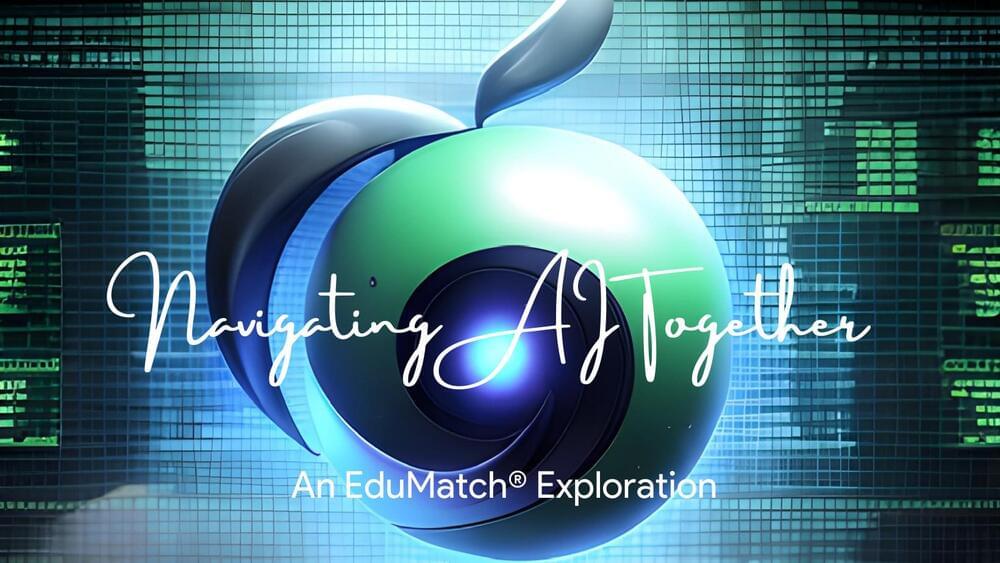


Imagine a person on the ground guiding an airborne drone that harnesses its energy from a laser beam, eliminating the need for carrying a bulky onboard battery.
That is the vision of a group of University of Colorado at Boulder scientists from the Hayward Research Group.
In a new study, the Department of Chemical and Biological Engineering researchers have developed a novel and resilient photomechanical material that can transform light energy into mechanical work without heat or electricity, offering innovative possibilities for energy-efficient, wireless and remotely controlled systems. Its wide-ranging potential spans across diverse industries, including robotics, aerospace and biomedical devices.
It’s no surprise that machines have the same problem. Although they’re armed with a myriad of sensors, self-driving cars are still trying to live up to their name. They perform well under perfect weather conditions and roads with clear traffic lanes. But ask the cars to drive in heavy rain or fog, smoke from wildfires, or on roads without streetlights, and they struggle.
This month, a team from Purdue University tackled the low visibility problem head-on. Combining thermal imaging, physics, and machine learning, their technology allowed a visual AI system to see in the dark as if it were daylight.
At the core of the system are an infrared camera and AI, trained on a custom database of images to extract detailed information from given surroundings—essentially, teaching itself to map the world using heat signals. Unlike previous systems, the technology, called heat-assisted detection and ranging (HADAR), overcame a notorious stumbling block: the “ghosting effect,” which usually causes smeared, ghost-like images hardly useful for navigation.

Artificial intelligence (AI) is no longer the future; it’s the everyday. We’ve become so accustomed to tapping into it for day-to-day tasks like searching the internet or choosing a movie to watch we barely even register that we’re using it.
Now, the advent of generative tools like OpenAI’s ChatGPT and Google’s Bard means that the power and transformative potential of AI is in the hands of every business, big or small.
Every day I work with businesses that are finding exciting new ways to put this technology to work. This can involve creating exciting new services, driving improved efficiency, or even disrupting entire industries.
Unveiling the pivotal role of a Chief AI Officer, this article delves into why businesses, regardless of size or industry, must embed AI in their core strategy.
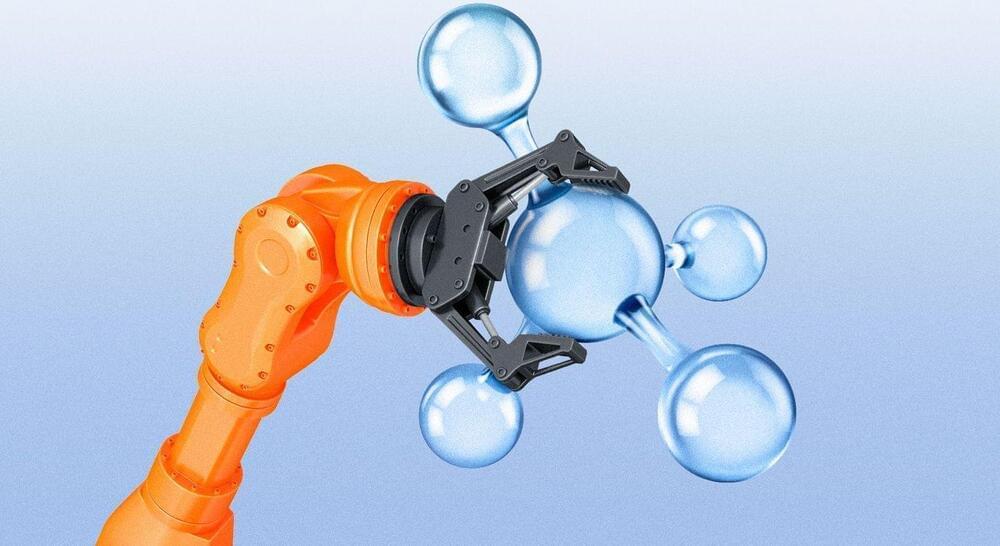
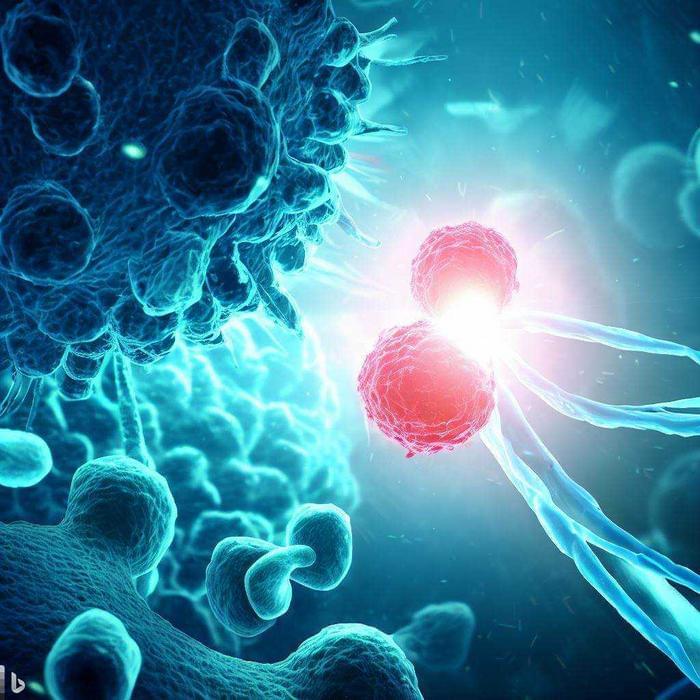
A recent study published in Nature Machine Intelligence examines a novel deep-learning method known as BigMHC, which can predict when the immune system will respond to triggers from cancer-related protein fragments, thus killing the tumors. This study was led and conducted by a team of researchers at Johns Hopkins University and holds the potential to develop personalized cancer immunotherapies and vaccines.
Rendition of cytotoxic CD8+ T-cells identifying cancer cells via receptor binding neoantigens. (Credit: Image generated by DALL-E 2 from OpenAI)
“Cancer immunotherapy is designed to activate a patient’s immune system to destroy cancer cells,” said Dr. Rachel Karchin, who is a professor of biomedical engineering, oncology and computer science at Johns Hopkins University, and a co-author on the study. “A critical step in the process is immune system recognition of cancer cells through T-cell binding to cancer-specific protein fragments on the cell surface.”

We’ve watched the remarkable evolution of robotics over the past decade with models that can walk, talk and make gestures like humans, undertake tasks from moving heavy machinery to delicately manipulating tiny objects, and maintain balance on two or four legs over rough and hostile terrain.
As impressive as the latest robots are, their accomplishments are largely the result of task-specific programming or remote instruction from humans.
Researchers at ETH Zurich have developed a program that helps robots tackle activities that do not rely on “prerecorded expert demonstrations,” as the developers put it, or “densely engineered rewards.”
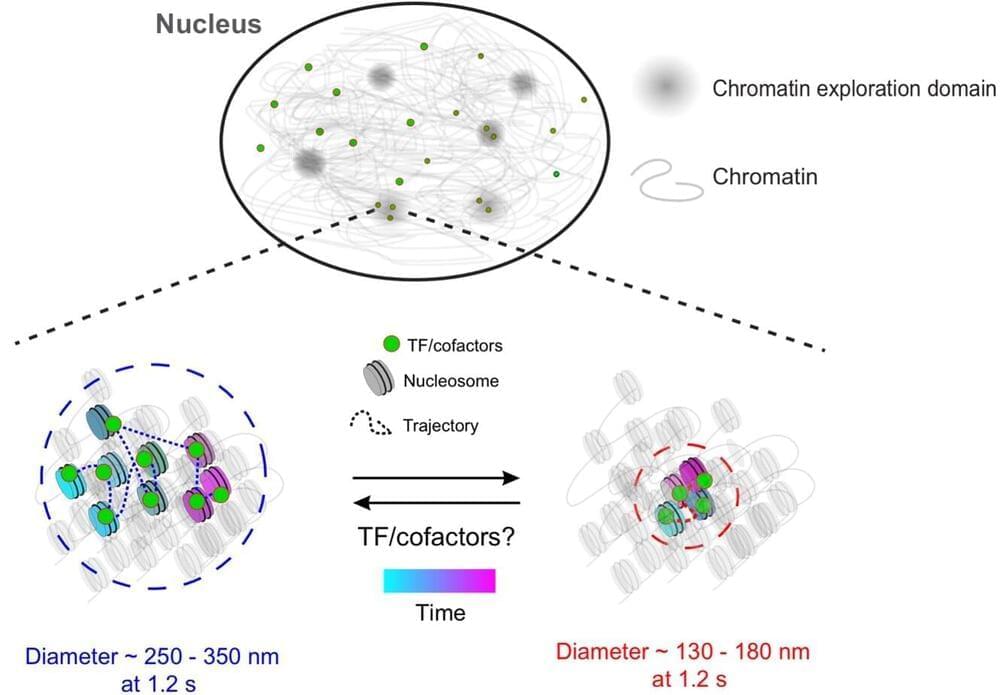
A new study led by University of Maryland physicists sheds light on the cellular processes that regulate genes. Published in the journal Science Advances, the paper explains how the dynamics of a polymer called chromatin—the structure into which DNA is packaged—regulate gene expression.
Through the use of machine learning and statistical algorithms, a research team led by Physics Professor Arpita Upadhyaya and National Institutes of Health Senior Investigator Gordon Hager discovered that chromatin can switch between a lower and higher mobility state within seconds. The team found that the extent to which chromatin moves inside cells is an overlooked but important process, with the lower mobility state being linked to gene expression.
Notably, transcription factors (TFs)—proteins that bind specific DNA sequences within the chromatin polymer and turn genes on or off—exhibit the same mobility as that of the piece of chromatin they are bound to. In their study, the researchers analyzed a group of TFs called nuclear receptors, which are targeted by drugs that treat a variety of diseases and conditions.
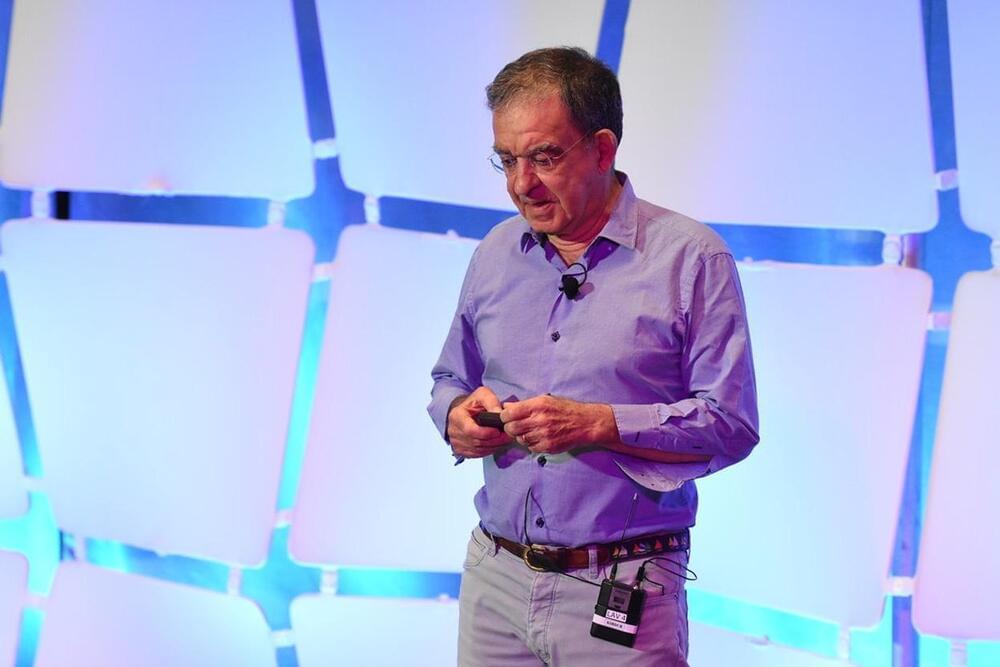
Get ready for a lot of math…!
We have sort of an intuitive understanding of a big need in artificial intelligence and machine learning, which has to do with making sure that systems converge well, and that data is oriented the right way. Also, that we understand what these tools are doing, that we can look under the hood.
A lot of us have already heard of the term “curse of dimensionality,” but Tomaso Armando Poggio invokes this frightening trope with a good bit of mathematics attached… (Poggio is the Eugene McDermott professor in the Department of Brain and Cognitive Sciences, a researcher at the McGovern Institute for Brain Research, and a member of the MIT Computer Science and Artificial Intelligence Laboratory (CSAIL)